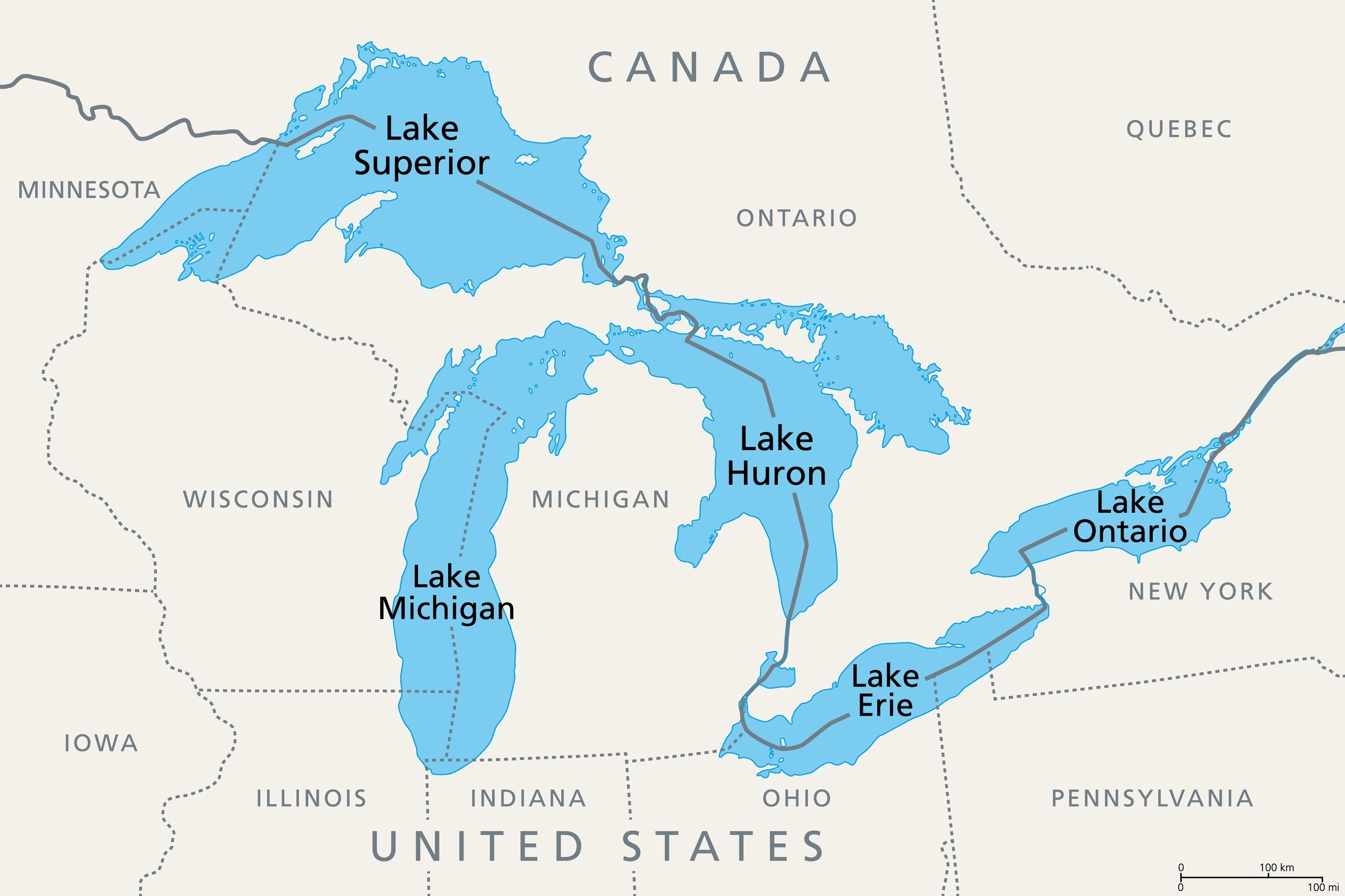Scientists are sounding the alarm bell on microplastic pollution within the Great Lakes of North America, raising concerns that the tiny pieces of human-made trash may be impacting the fish and other wildlife of the natural environment.
ADVERTISEMENT GO AD FREE
Microplastics are everywhere – from deep sea creatures and Antarctic ice to human testicles and Arctic snow. So, it’s no surprise that they’re pervasive in North America’s Great Lakes, the five vast freshwater lakes straddling the US-Canada border. However, experts worry that not enough is being done to monitor the problem.
A new report by the Great Lakes Science Advisory Board is calling for a cross-border monitoring program to keep tabs on the extent and impact of microplastics in the Great Lakes.
Their chief recommendation is that microplastics should be added as a key indicator of ecosystem health and designated as a “Chemical of Mutual Concern” under the Great Lakes Water Quality Agreement. By doing so, they hope to reduce the risk of further ecological damage.
“Plastic is a part of modern life and pervasive throughout the Great Lakes ecosystem. Yet, the monitoring and reporting on microplastics is largely project-based. The board offers actionable tools to help the Canadian and US governments take a common and routine approach to monitoring microplastics,” Rebecca Rooney, Canadian co-chair of the Science Advisory Board’s Research Coordination Committee and an associate professor of biology at the University of Waterloo, said in a statement.

Map of the US-Canada border showing the five Great Lakes: Superior, Michigan, Huron, Erie, and Ontario.
Image credit: Peter Hermes Furian/Shutterstock.com
“Adopting microplastics as an indicator of ecological health would improve our understanding of their prevalence and environmental impacts. The frameworks proposed in this report could be leveraged for systematic and coordinated monitoring, assessment and management,” added Karen Kidd, a member of the board’s Science Priority Committee.
Definitions vary, but microplastics are generally considered to be plastic particles smaller than 5 millimeters – about the size of the eraser on top of a pencil. While plastics have only been mass-produced since the 20th century, this form of synthetic pollution has rapidly spread throughout the natural world in recent decades.
ADVERTISEMENT GO AD FREE
Mounting research is showing that microplastics can have harmful effects on aquatic life, including species in the Great Lakes. In fact, the new report found that fish in the Great Lakes have some of the highest levels of microplastic recorded worldwide.
High levels of microplastics have also been found in drinking water from the Great Lakes, directly linking humans to the issue. While their impact on human bodies remains uncertain, emerging evidence suggests they are hardly a welcome addition to our diet and could be implicated in several negative health consequences.
Source Link: Microplastic Alert In Great Lakes: Scientists Call For Canada And US To Act On Pollution